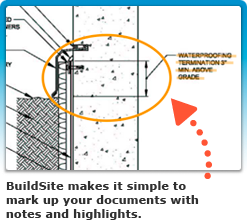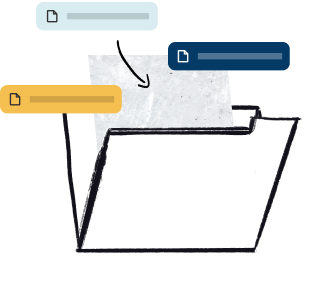Abstract
This specification covers liquid membrane-forming compounds suitable for application to concrete surfaces to reduce the loss of water during the early-hardening period. White-pigmented membrane-forming compounds serve the additional purpose of reducing the temperature rise in concrete exposed to radiation from the sun. The membrane-forming compounds covered by this specification are suitable for use as curing media for fresh concrete, and may also be used for further curing of concrete after removal of forms or after initial moist curing. Liquid membrane-forming compound types 1 and 1-D shall be clear or translucent. Type 2 liquid membrane-forming compounds shall consist of finely-divided white pigment and vehicle, ready-mixed for immediate use as is. Liquid membrane-forming compounds, when tested, shall restrict the loss of water not more than the requirements prescribed. Type 2 liquid membrane-forming compounds, when tested, shall exhibit a daylight reflectance of not less than 60 %. Liquid membrane-forming compounds, when tested, shall dry to touch in not more than 4 h.
This abstract is a brief summary of the referenced standard. It is informational only and not an official part of the standard; the full text of the standard itself must be referred to for its use and application. ASTM does not give any warranty express or implied or make any representation that the contents of this abstract are accurate, complete or up to date.
1. Scope
1.1 This specification covers liquid membrane-forming compounds suitable for application to concrete surfaces to reduce the loss of water during the early-hardening period. White-pigmented membrane-forming compounds serve the additional purpose of reducing the temperature rise in concrete exposed to radiation from the sun. The membrane-forming compounds covered by this specification are suitable for use as curing media for fresh concrete, and may also be used for further curing of concrete after removal of forms or after initial moist curing.
Note 1—This specification addresses only those properties listed in Sections 5 through 8. Membrane-forming compounds with special properties including better water retention, minimum solids content, resistance to ultraviolet radiation, acid and alkali resistance and non-interference with adhesives are described in Specification C1315.
Note 2—Solutions of silicate salts are chemically reactive in concrete rather than membrane-forming; therefore, they do not meet the intent of this specification.
1.2 The values stated in SI units are to be regarded as the standard. The values given in parentheses are provided for informational purposes only.
1.3 The following precautionary caveat pertains only to the test methods portion, Section 10, of this specification: This standard does not purport to address all of the safety concerns, if any, associated with its use. It is the responsibility of the user of this standard to establish appropriate safety and health practices and determine the applicability of regulatory limitations prior to use.
1.4 The text of this standard references notes and footnotes which provide explanatory material. These notes and footnotes shall not be considered as requirements of the standard.
1.5 This is a performance specification. The allowable composition of products covered by this specification is limited by various local, regional, and national regulations. Issues related to air quality (solvent emission), worker exposure, and other hazards are not addressed here. It is the responsibility of the producers and users of these materials to comply with pertinent regulations.
WarningSome VOC exempt solvents used to meet the regulations are extremely flammable with low auto ignition temperatures and rapid evaporation rates. Consult the manufacturer's product information sheet for important application and safety information.
Reproduced, with permission, from the ASTM International website, copyright ASTM International, 100 Barr Harbor Drive, West Conshohocken, PA 19428. To purchase the complete standard, go to http://www.astm.org/.













